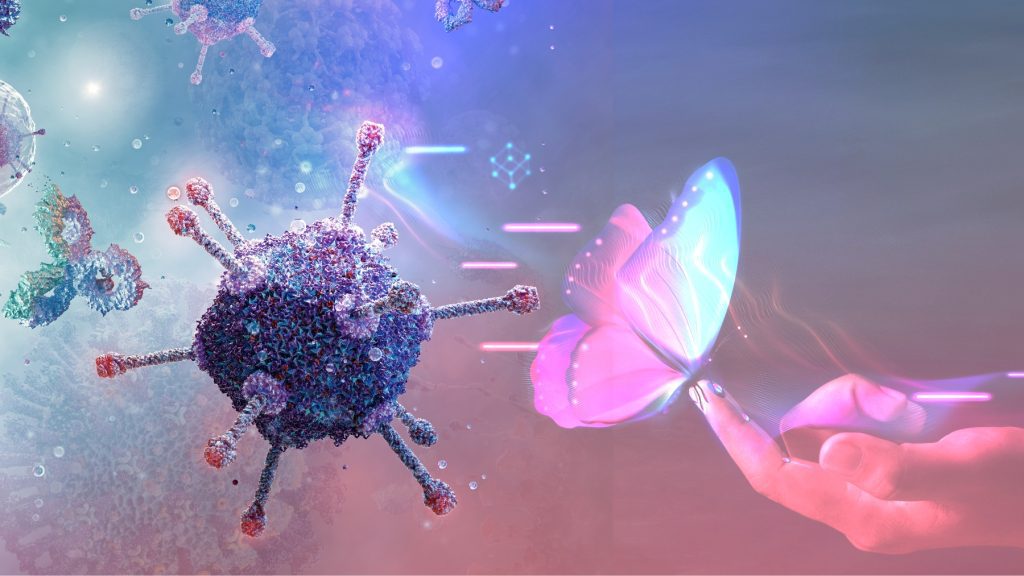
A team of researchers has drawn inspiration from the Papilio Xuthus butterfly’s UV vision to create an imaging sensor that can “see” into the UV range for cancer diagnostics.
- The imaging sensor mimics the butterfly’s UV vision using perovskite nanocrystals and silicon photodiodes.
- The sensor has a primary application in cancer detection, as cancer tissues emit more UV-visible biomarkers when exposed to UV light.
A team of researchers from the University of Illinois Urbana-Champaign has developed an imaging sensor that can “see” into the UV range, inspired by butterflies.
Every animal on this planet has its special abilities integral to its survival. Chameleons can color shift to hide. Axolotls—totally adorable salamanders—can regenerate almost any lost body part. The Papilio Xuthus butterfly, commonly known as the Asian Swallowtail, can see ultraviolet (UV) light.
Humans have a long history of imitating nature. Nobody does “built-to-survive” like Mother Nature. So, it is no surprise that the team took inspiration from the butterfly’s enhanced visual system. They created an imaging sensor that can “see” into the UV range, invisible to the human eye.
The team, led by Professor Viktor Gruev from the University of Illinois Urbana-Champaign’s electrical and computer engineering department and Professor Shuming Nie from the bioengineering department, recently published their findings in the journal Science Advances.
UV light is difficult to capture because of its rapid absorption and depletion by various materials. Butterflies, however, can perceive subtle variations in the UV spectrum. Think of how we can differentiate between different shades of blue and green.
The imaging sensor mimics the UV sensing mechanism of the butterfly. It uses a special layer of perovskite nanocrystals (PNCs) and a tiered arrangement of silicon photodiodes. PNCs are like tiny detectors and are great at spotting UV and lower-wavelength light, which regular silicon detectors can’t do well. In this sensor, PNCs take in UV light and send it back out as green light, which is picked up by the stacked silicon photodiodes. This design helps identify and map UV patterns.
But its primary application is the selling point: cancer detection.
Cancerous tissue has more biomedical markers— amino acids, proteins, and enzymes—than healthy tissue. When exposed to UV light, these markers light up like a Christmas tree. Now, since the imaging sensor picks up on UV and cancer tissue has more biomarkers than healthy cells, the researchers were able to differentiate between cancer and healthy cells with an astonishing 99% confidence rate.
Cancer is a very difficult disease, not just for the patient but also for their loved ones. So many patients get a late diagnosis that it just…. If this could in any way, shape, or form ease the burden and ensure a better prognosis, then we’re on the right track. Someday we will have a cure. Until then, we prevent and ease the pain.
Inside Telecom provides you with an extensive list of content covering all aspects of the tech industry. Keep an eye on our Tech sections to stay informed and up-to-date with our daily articles.